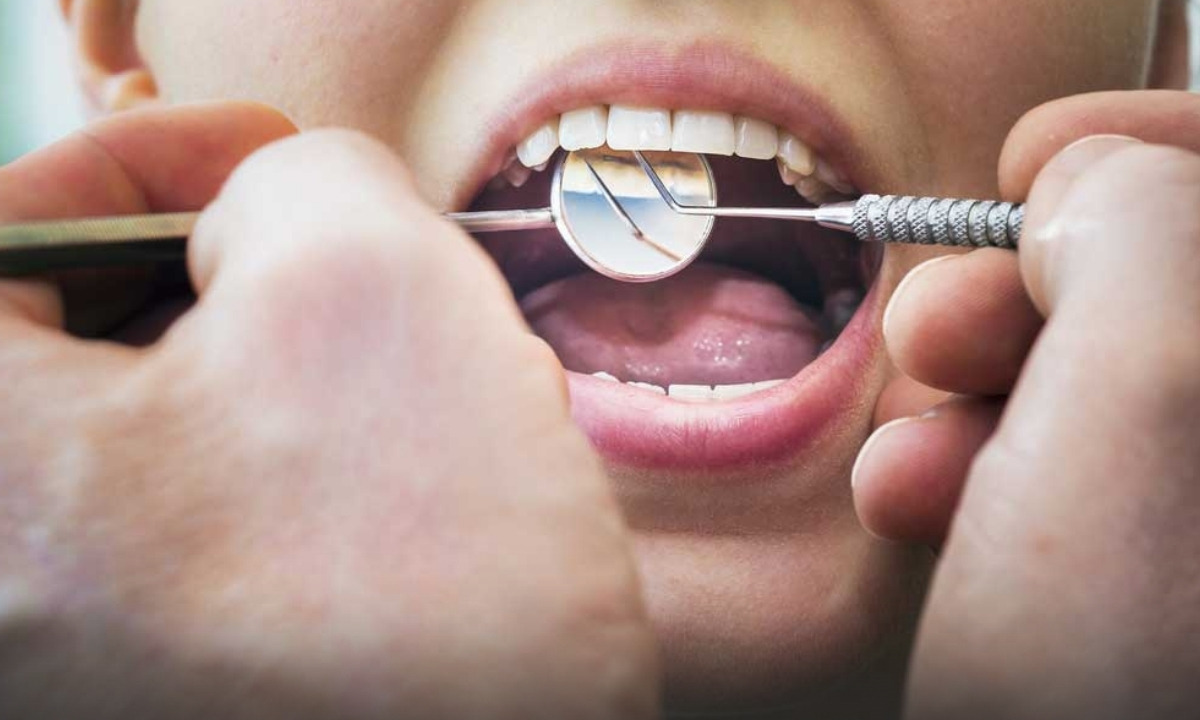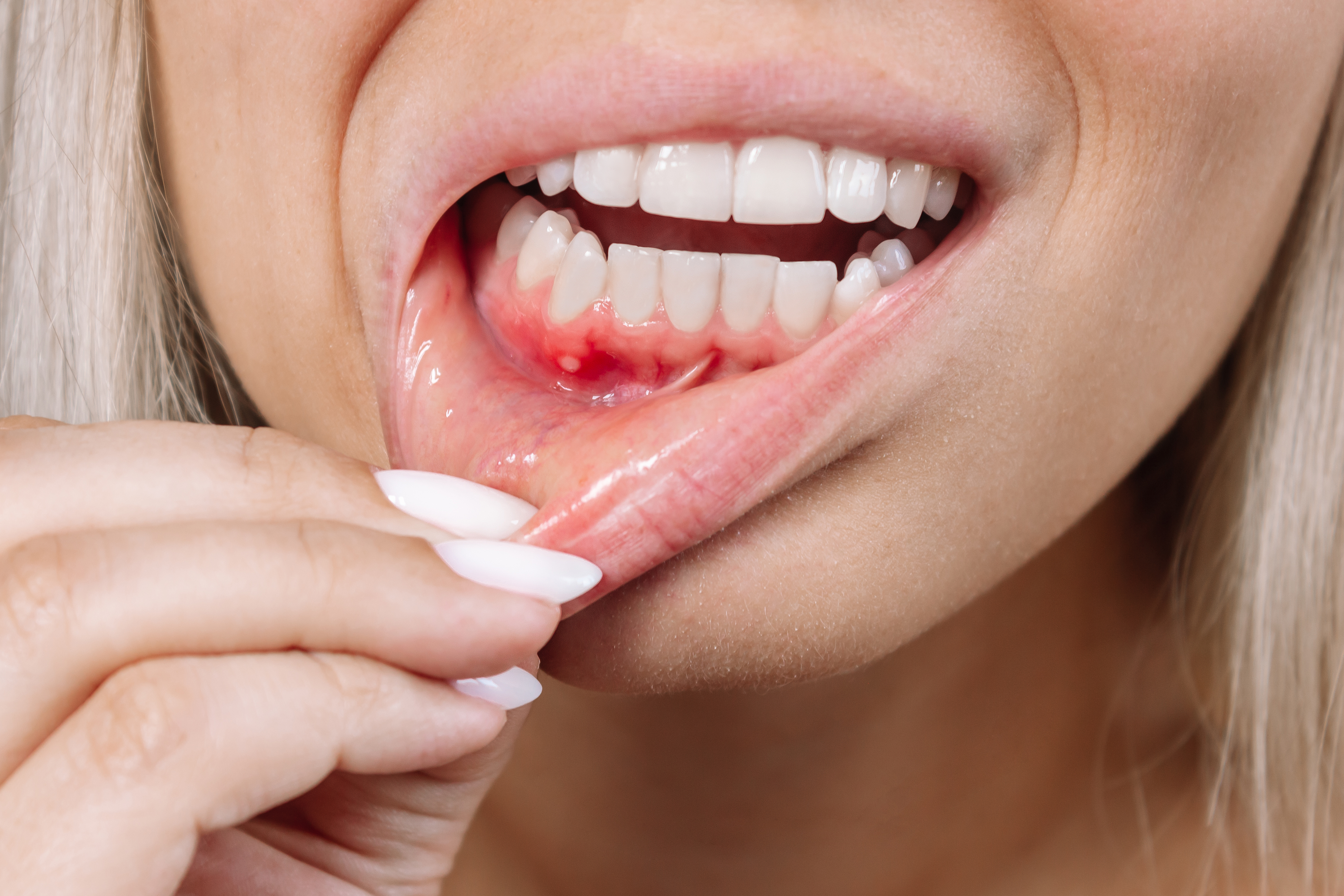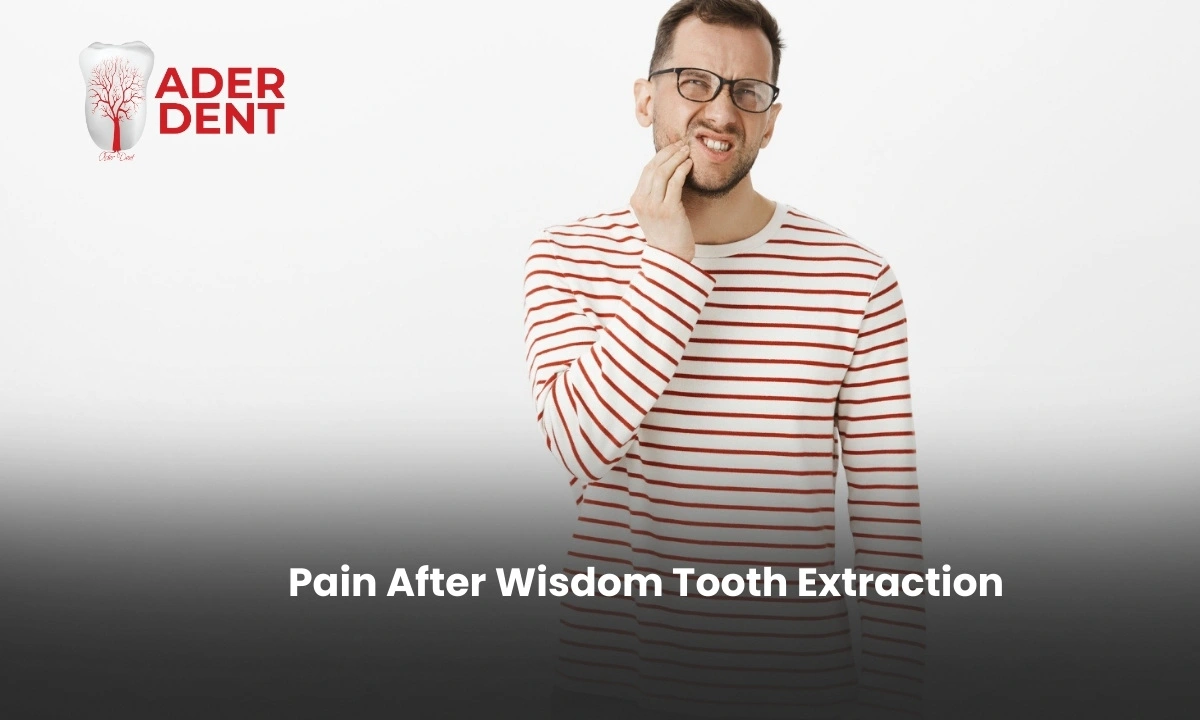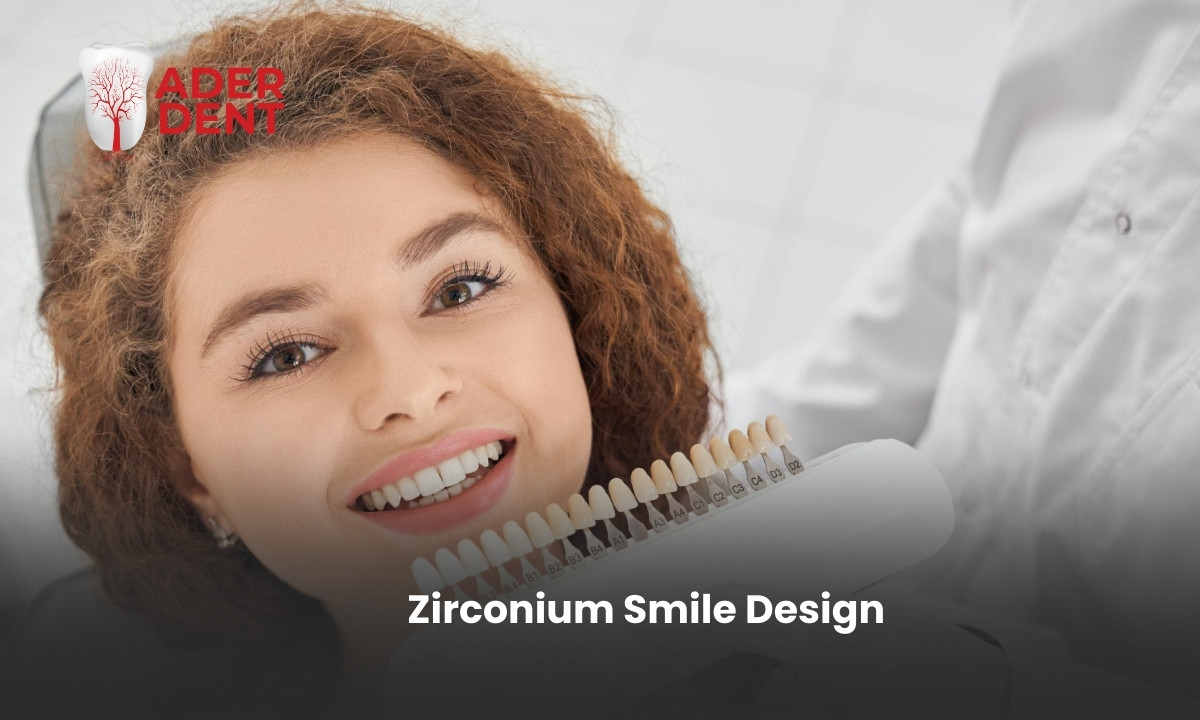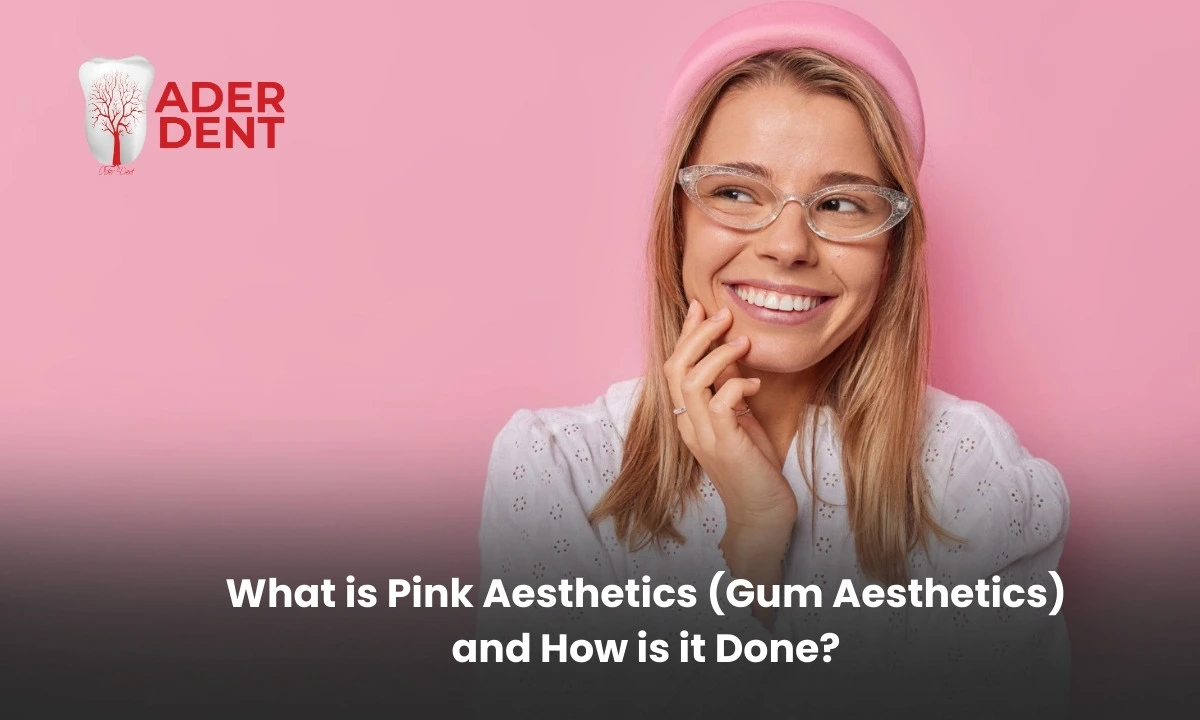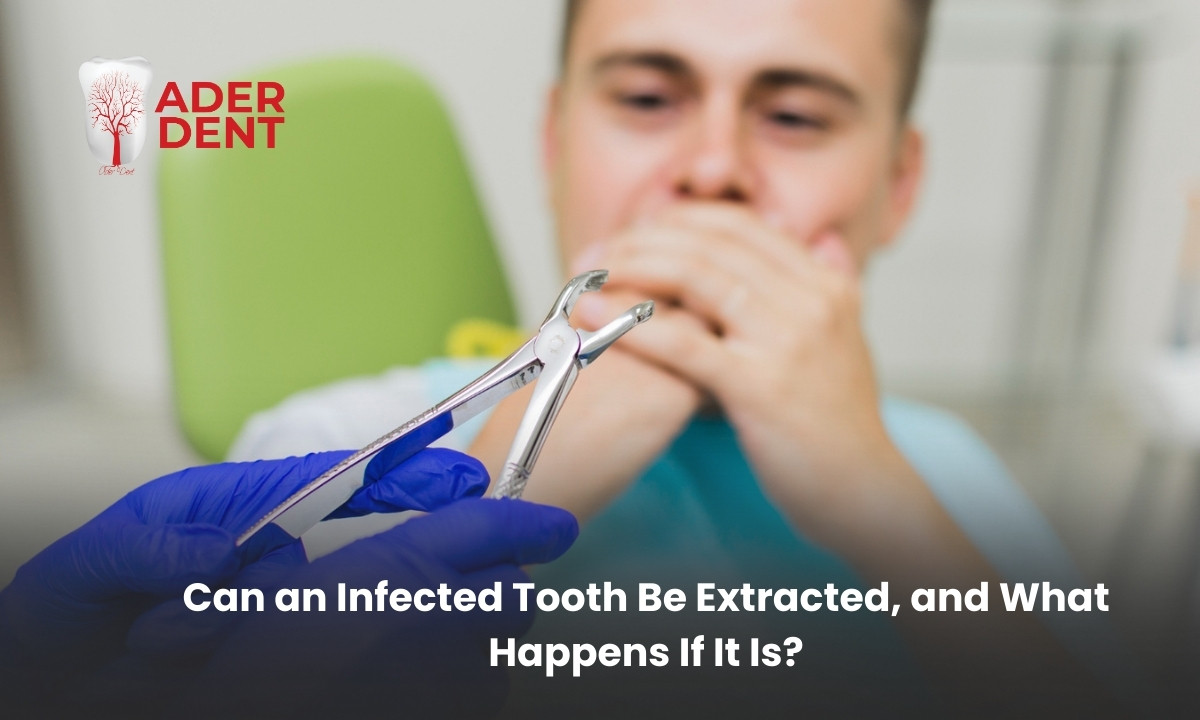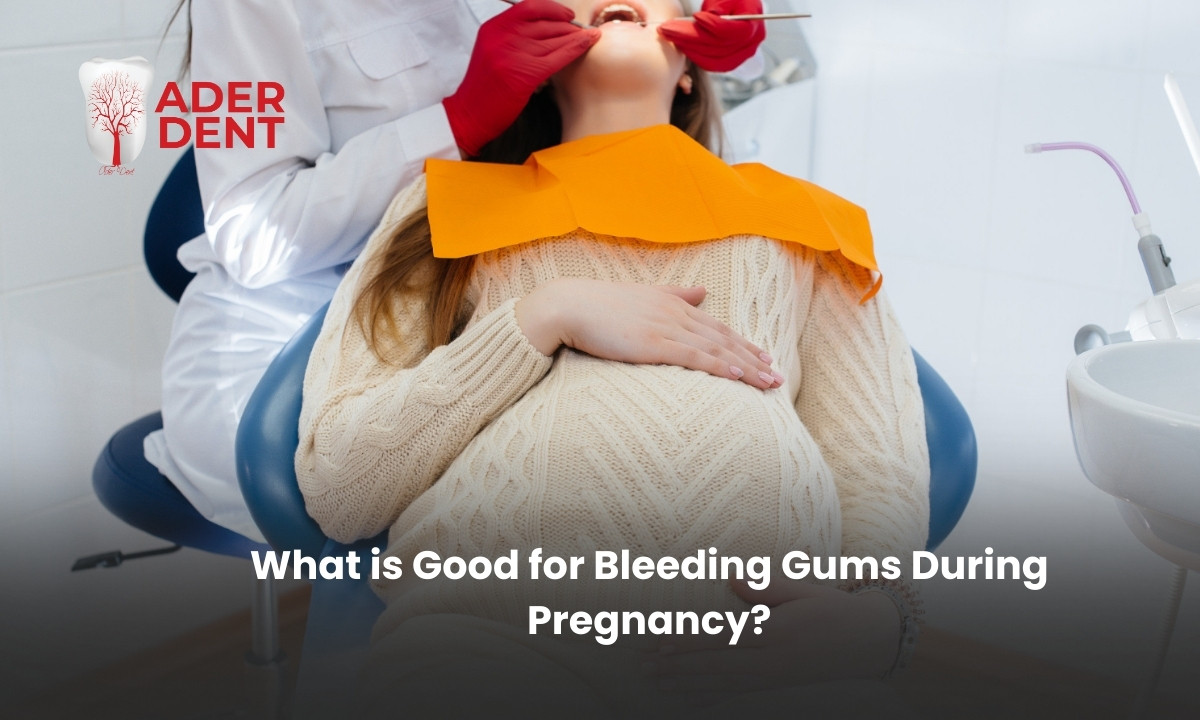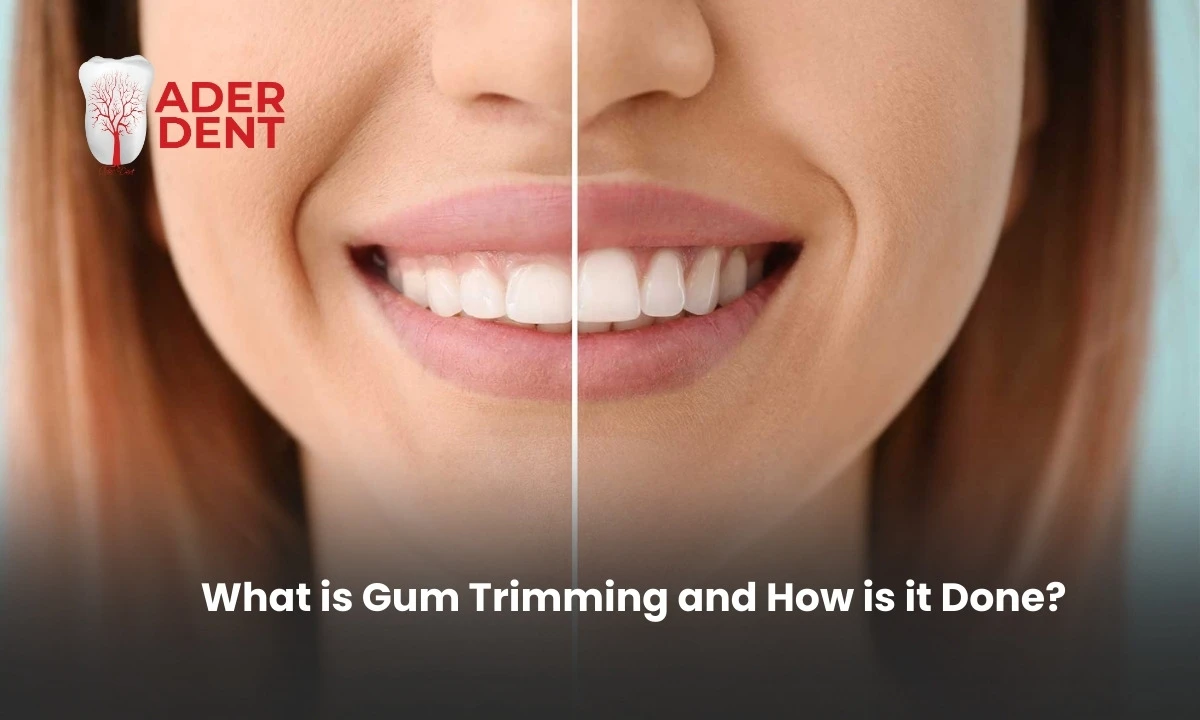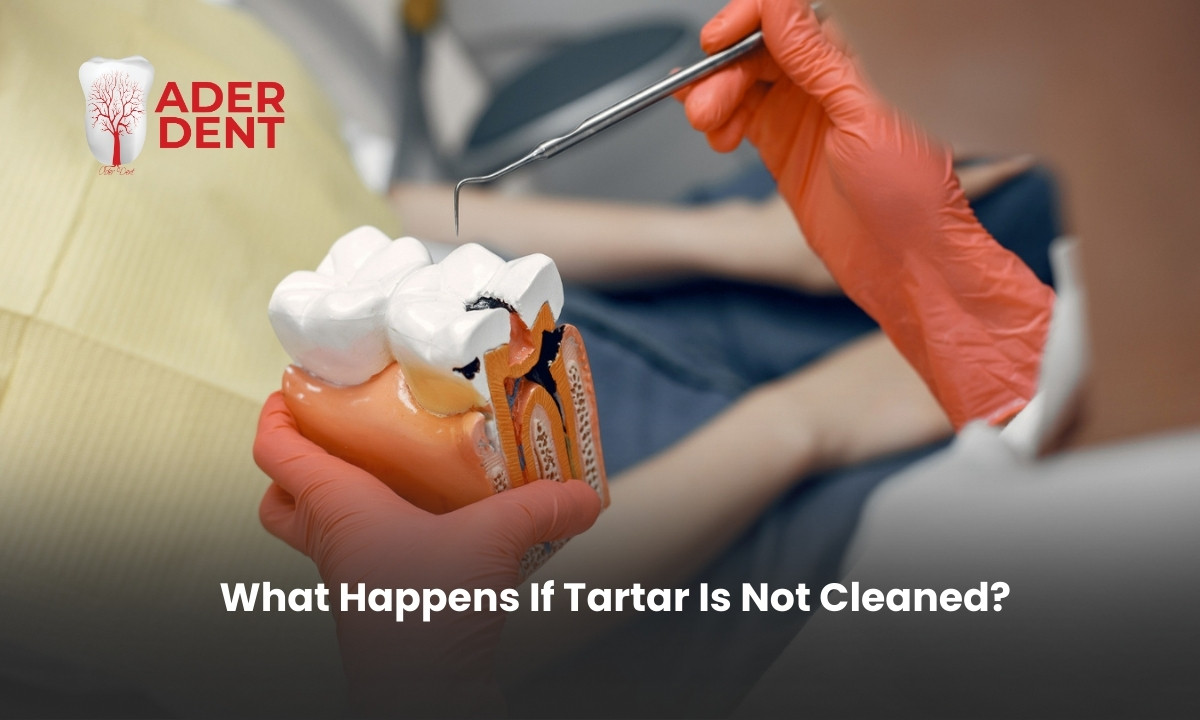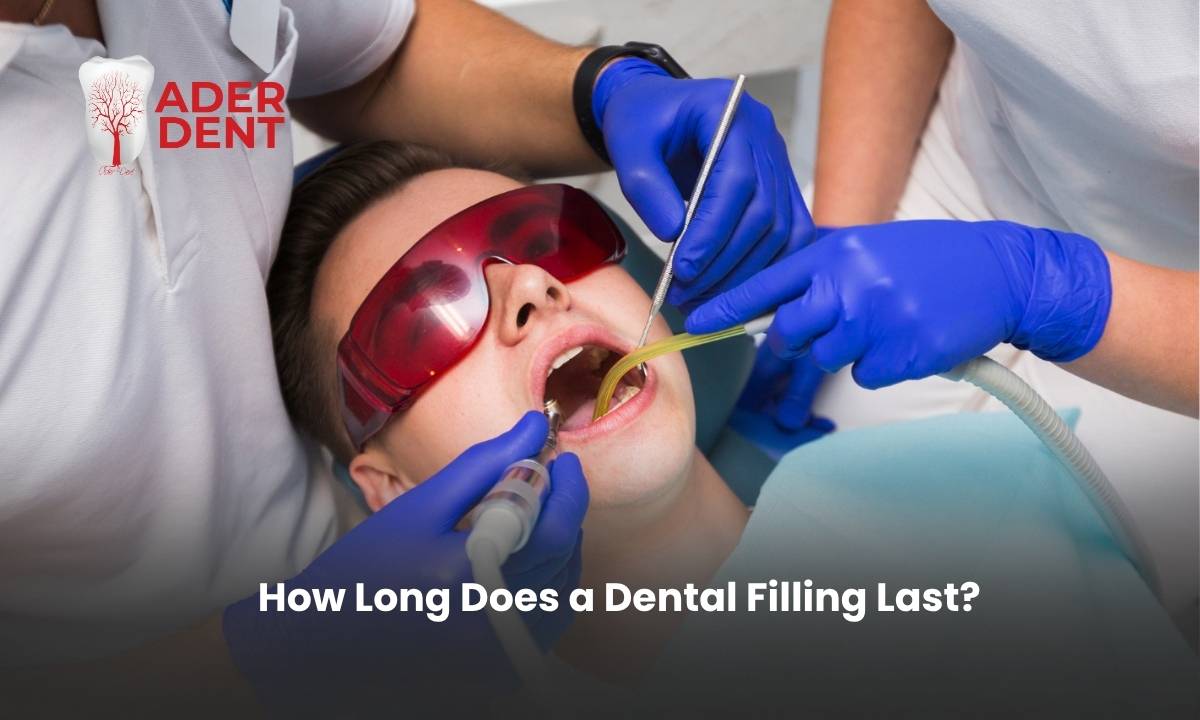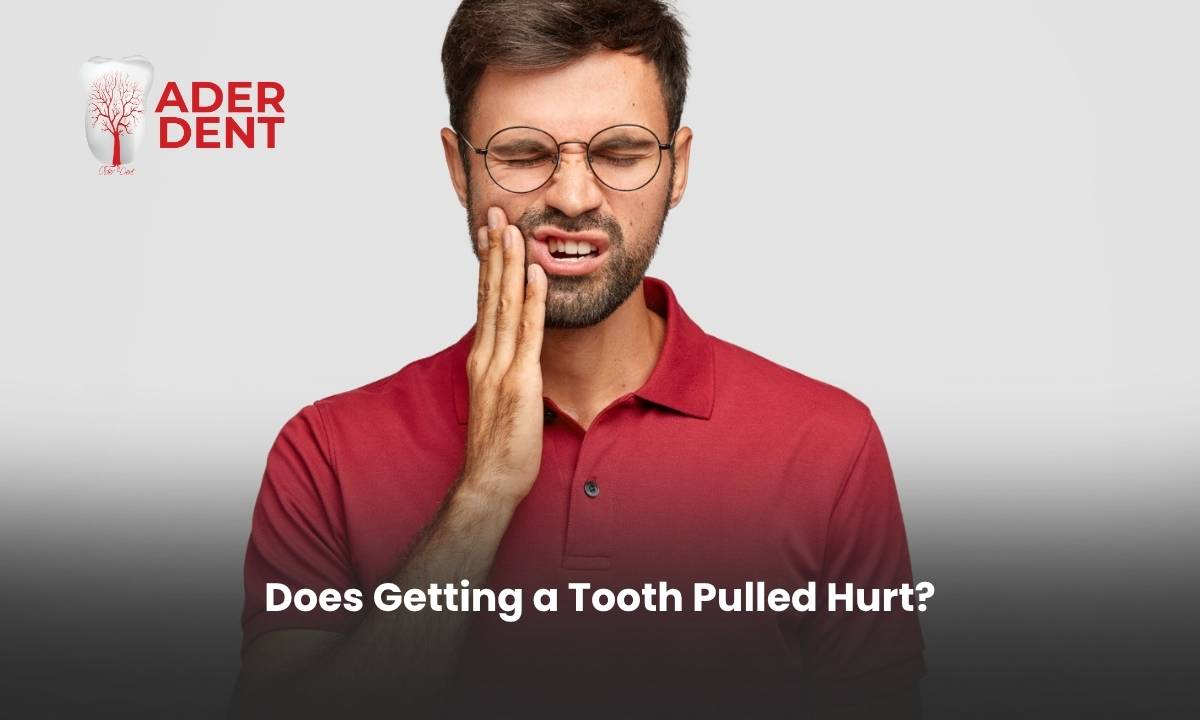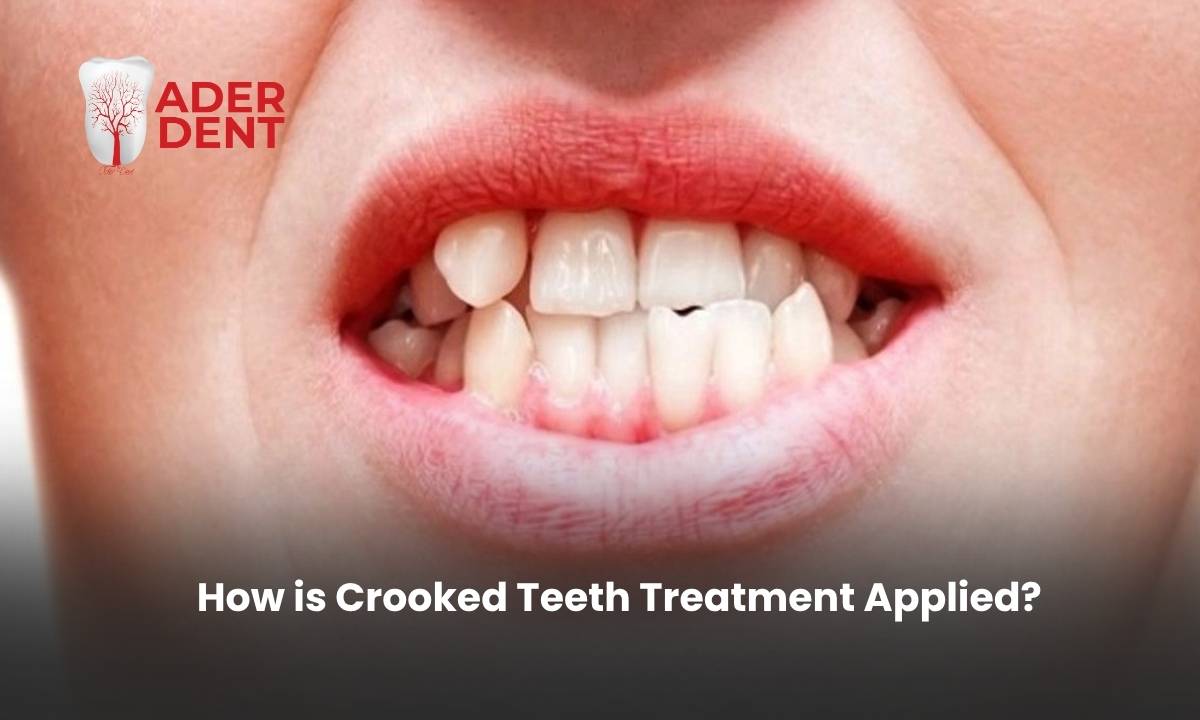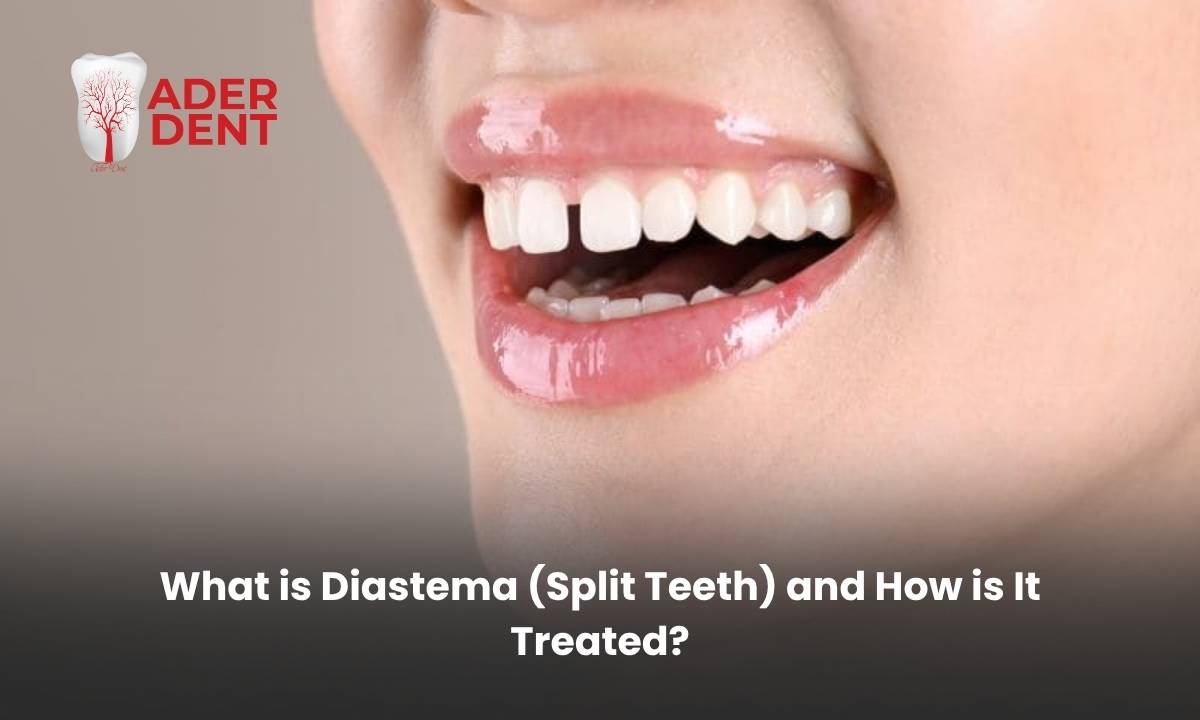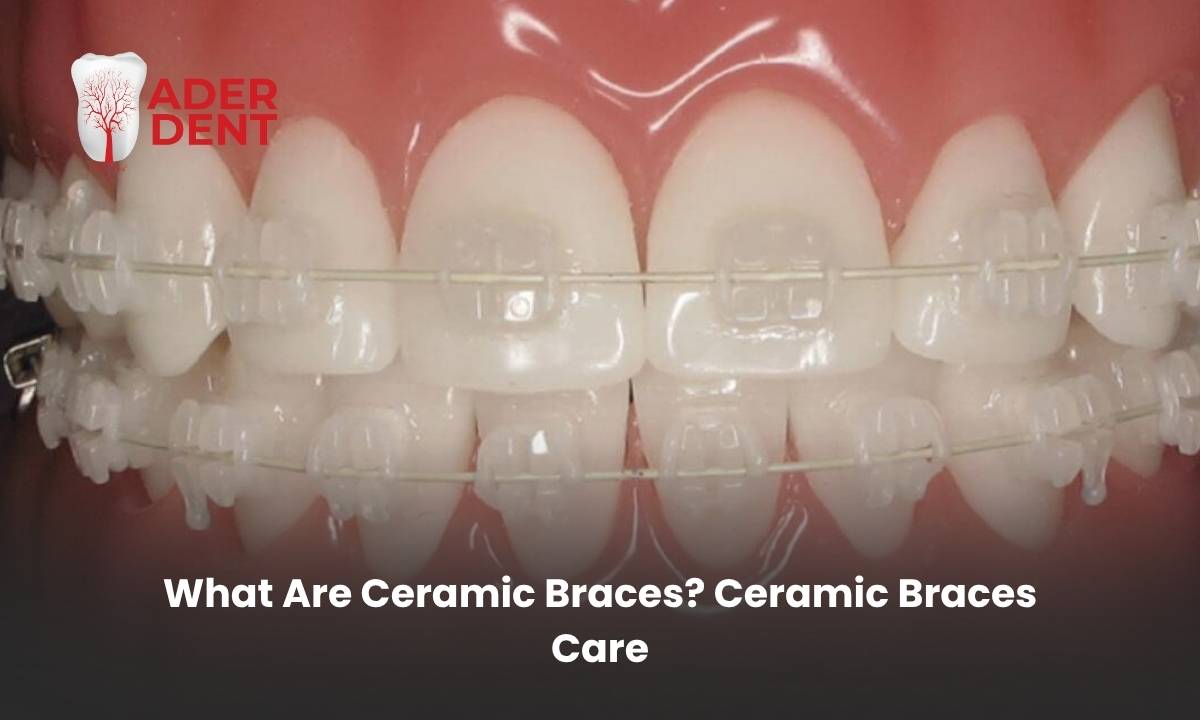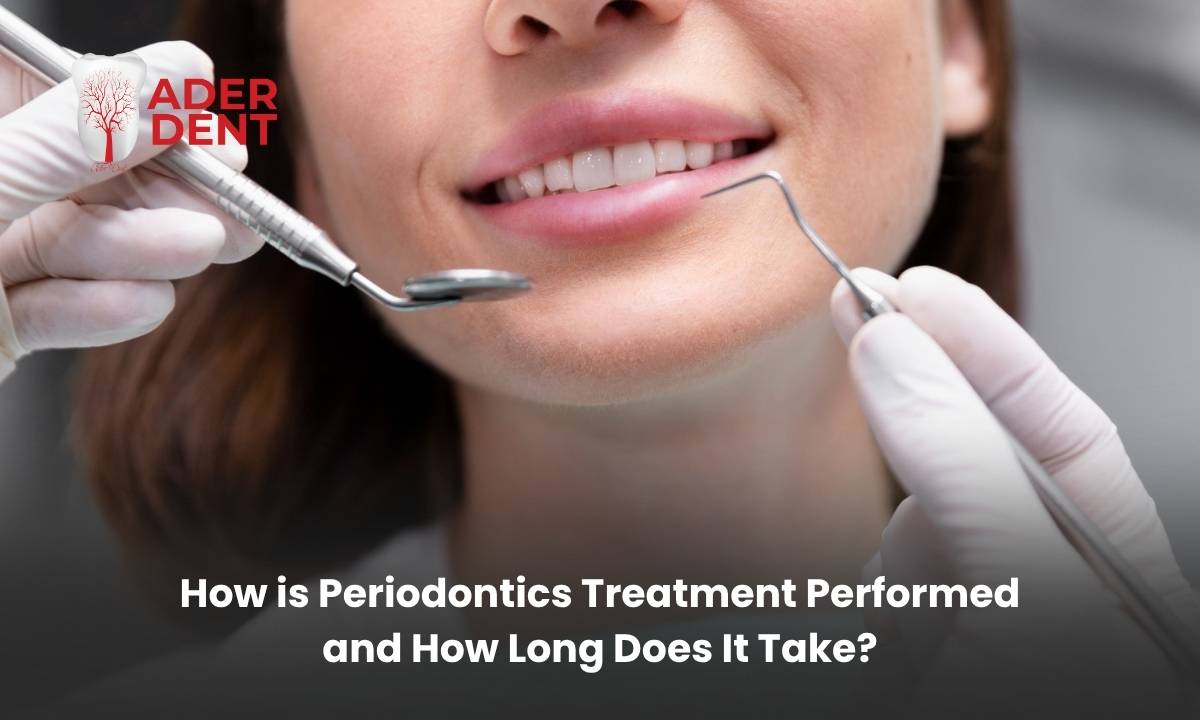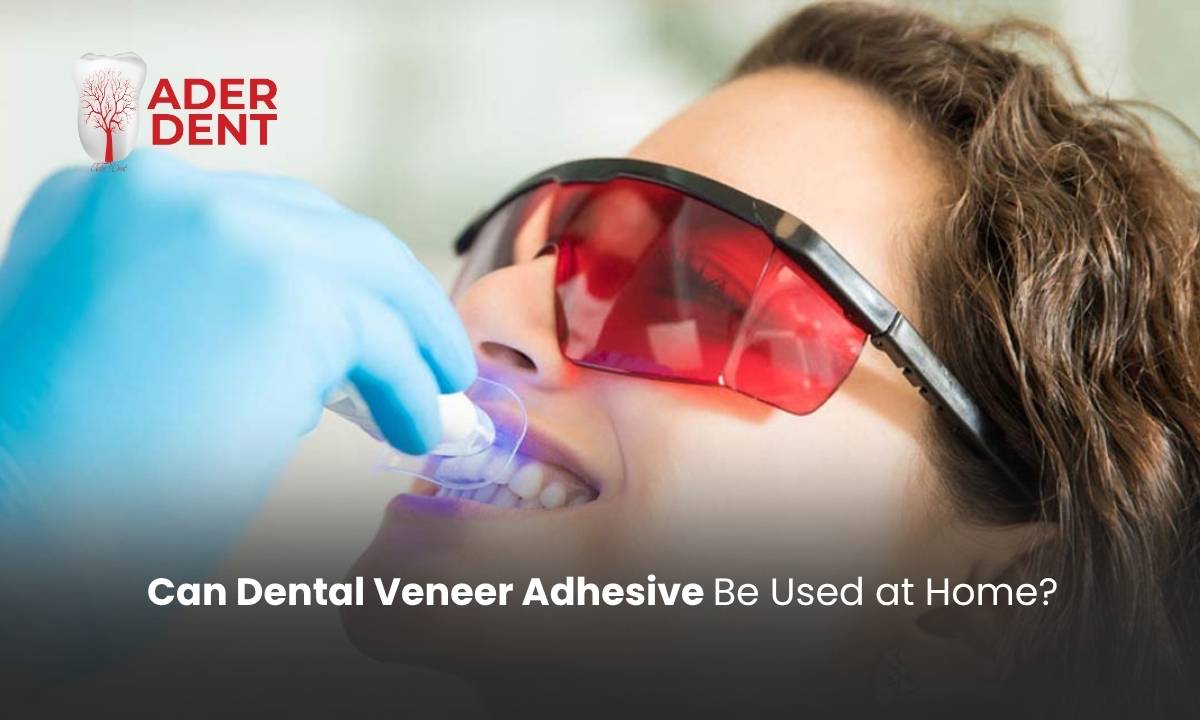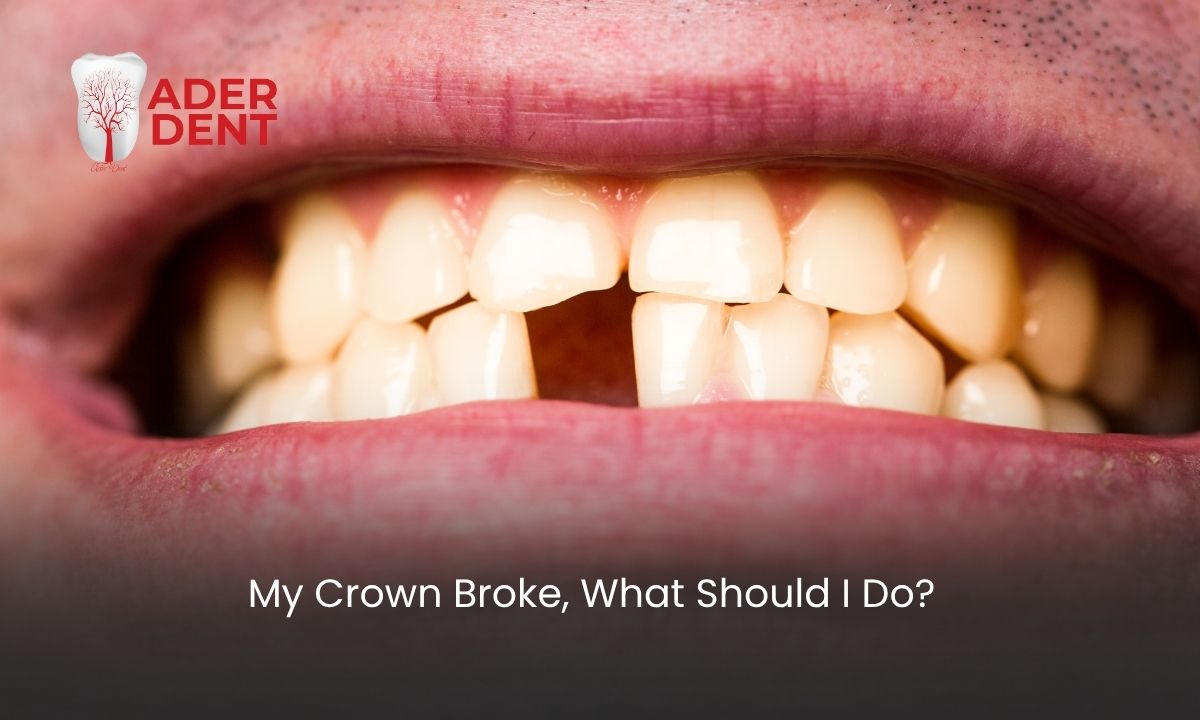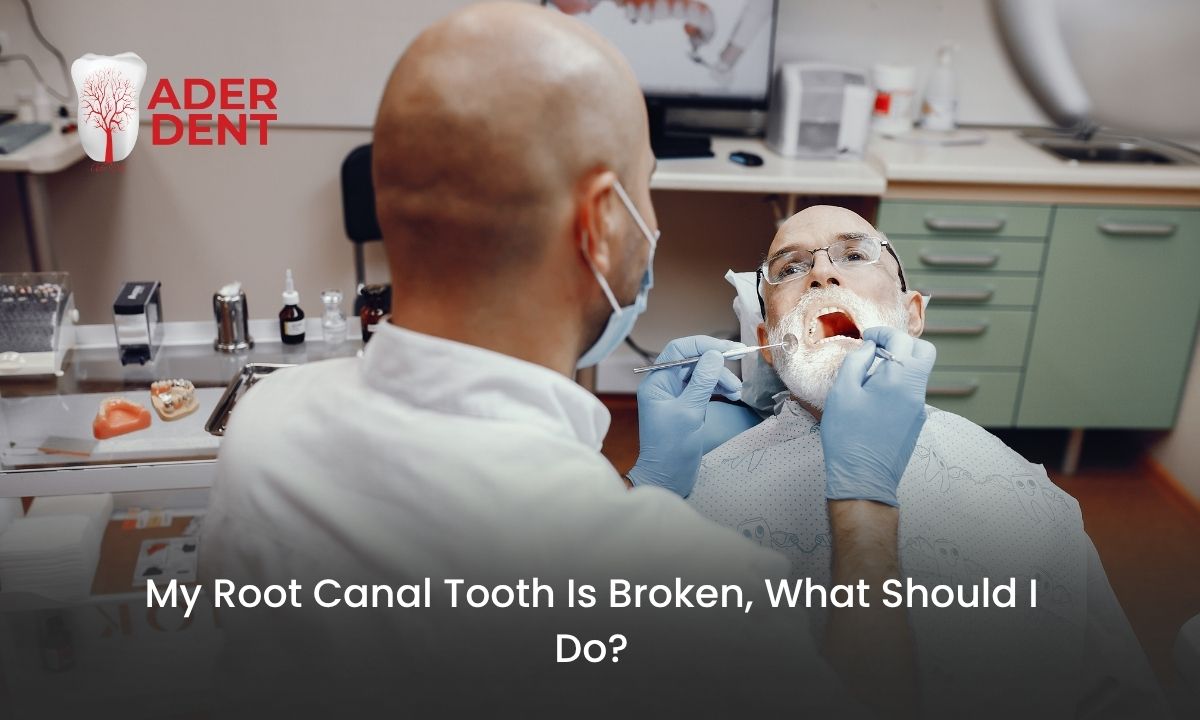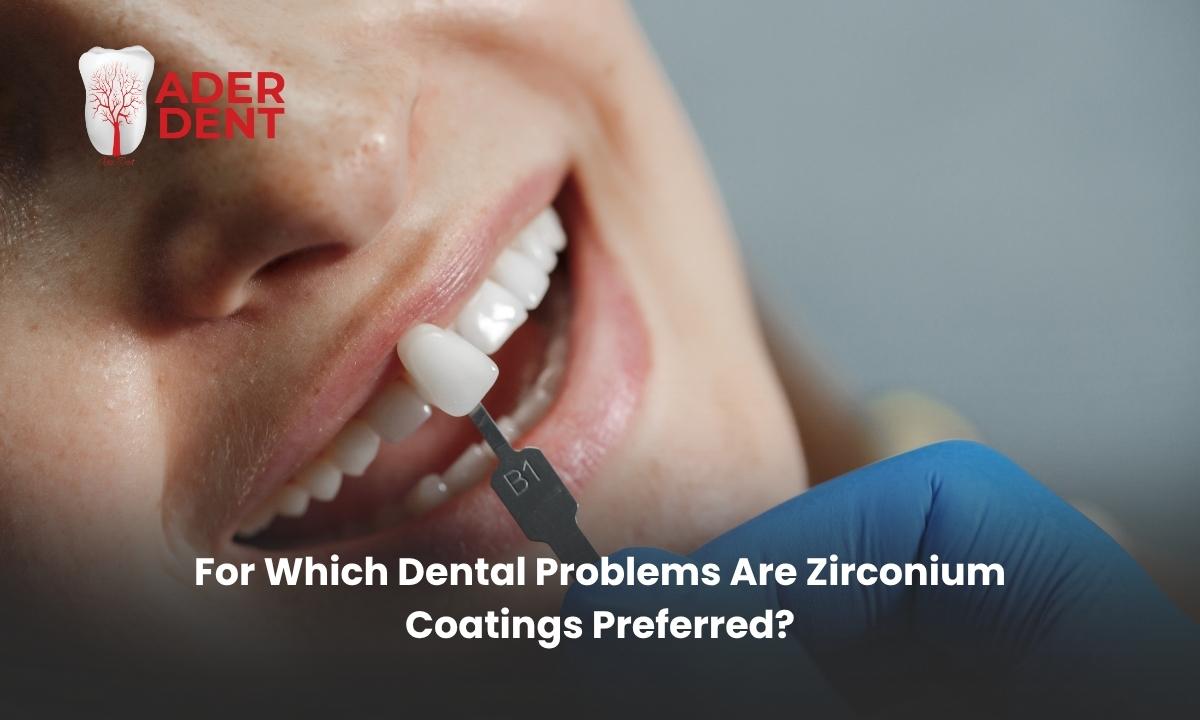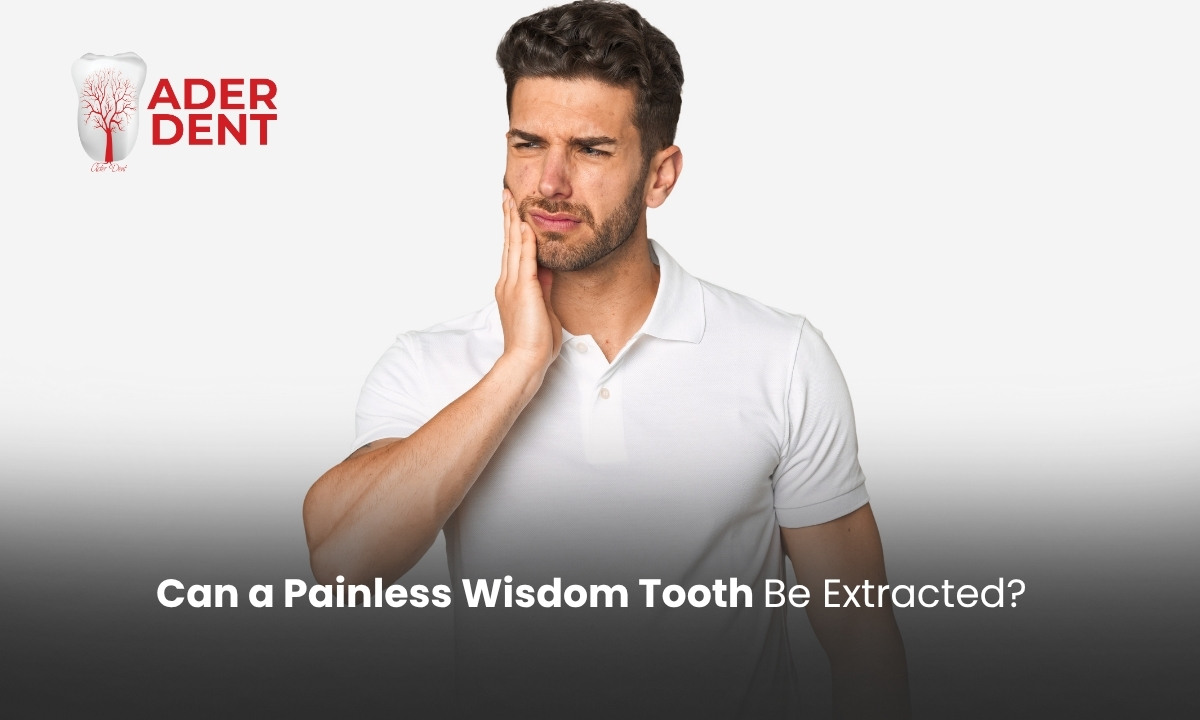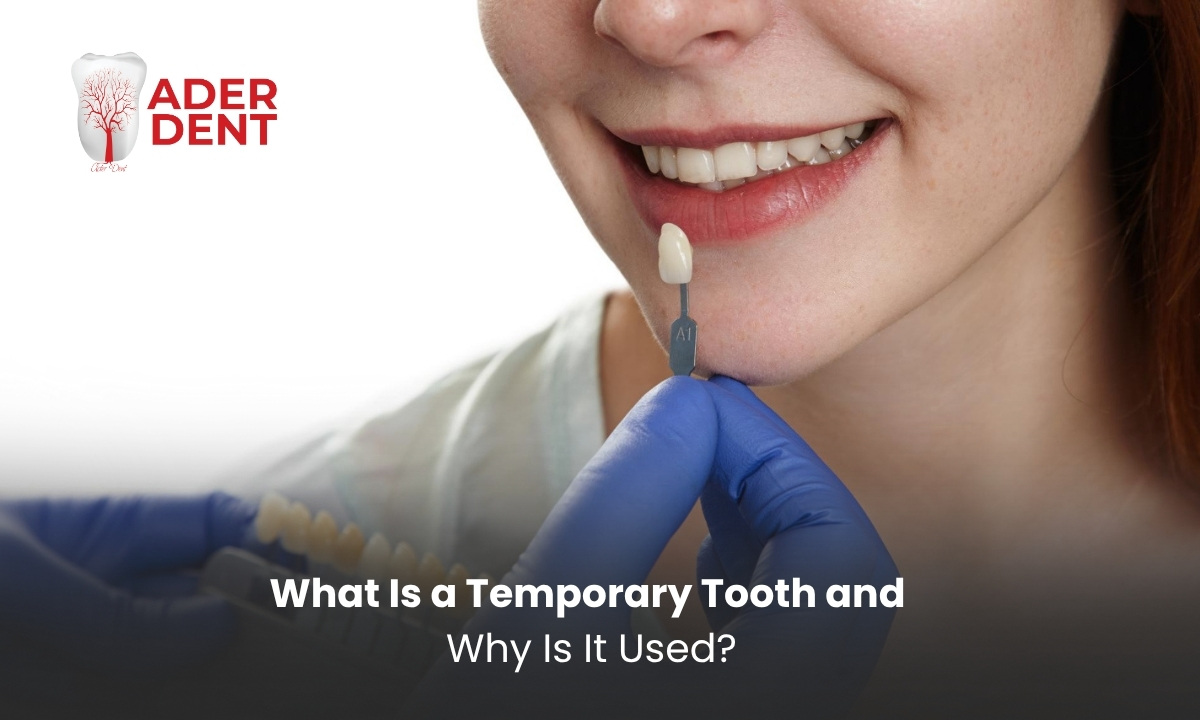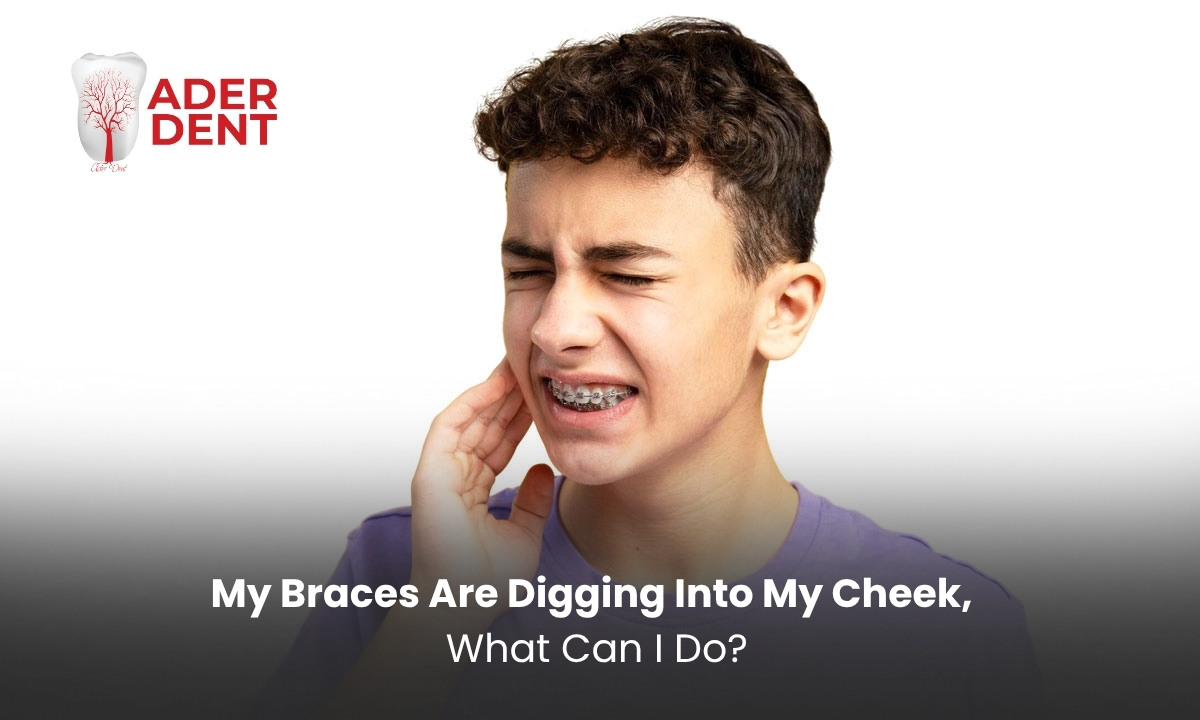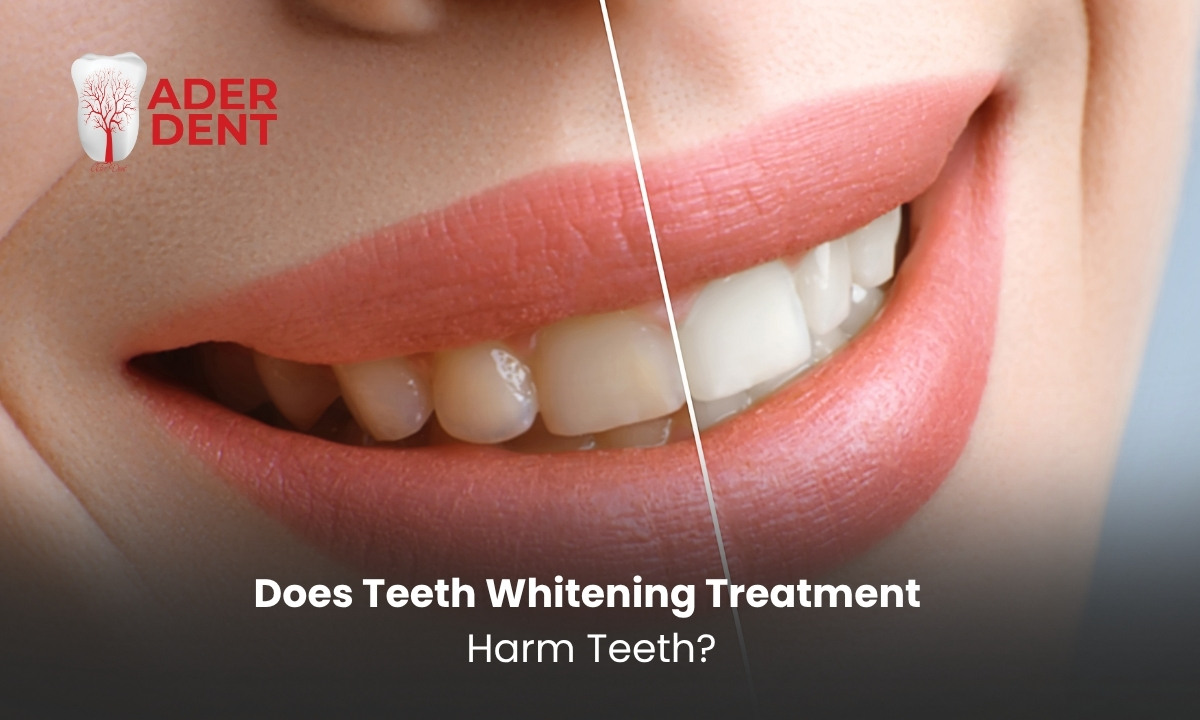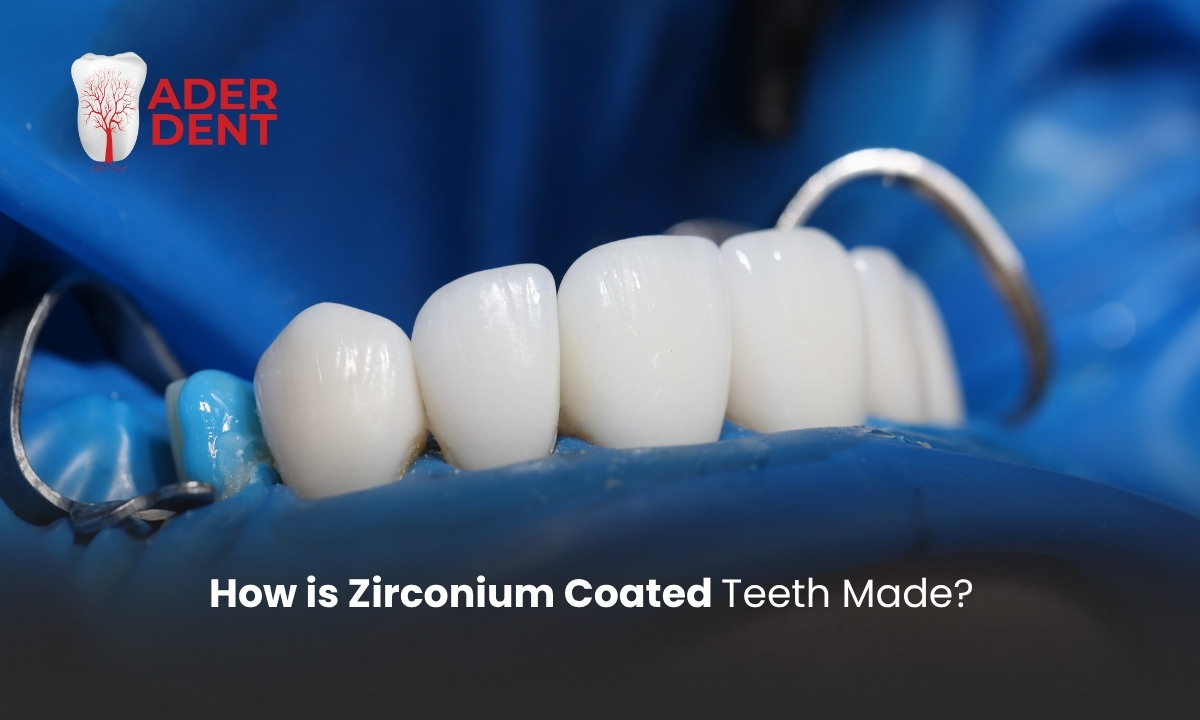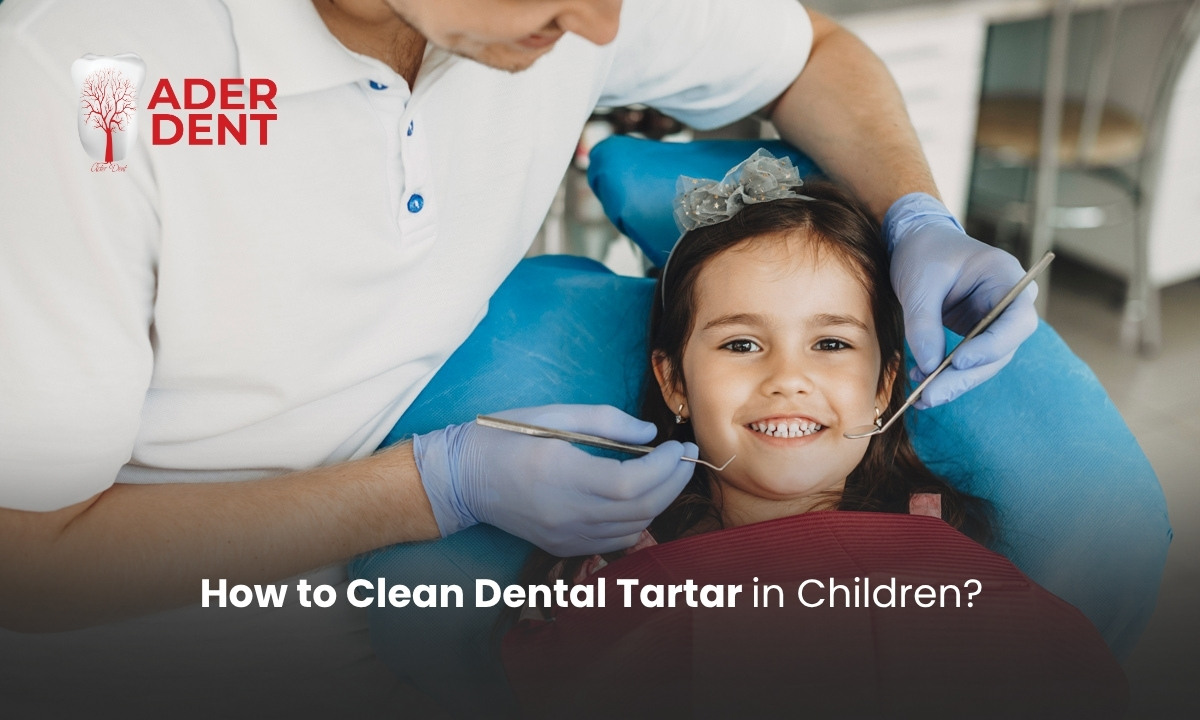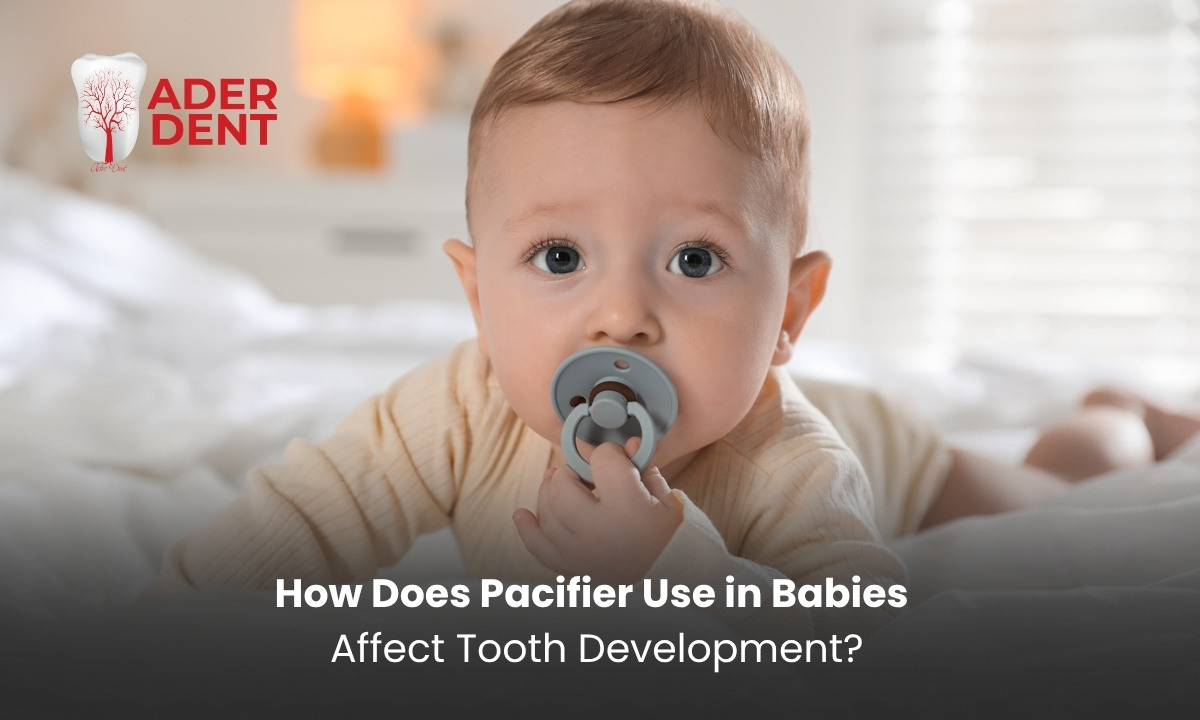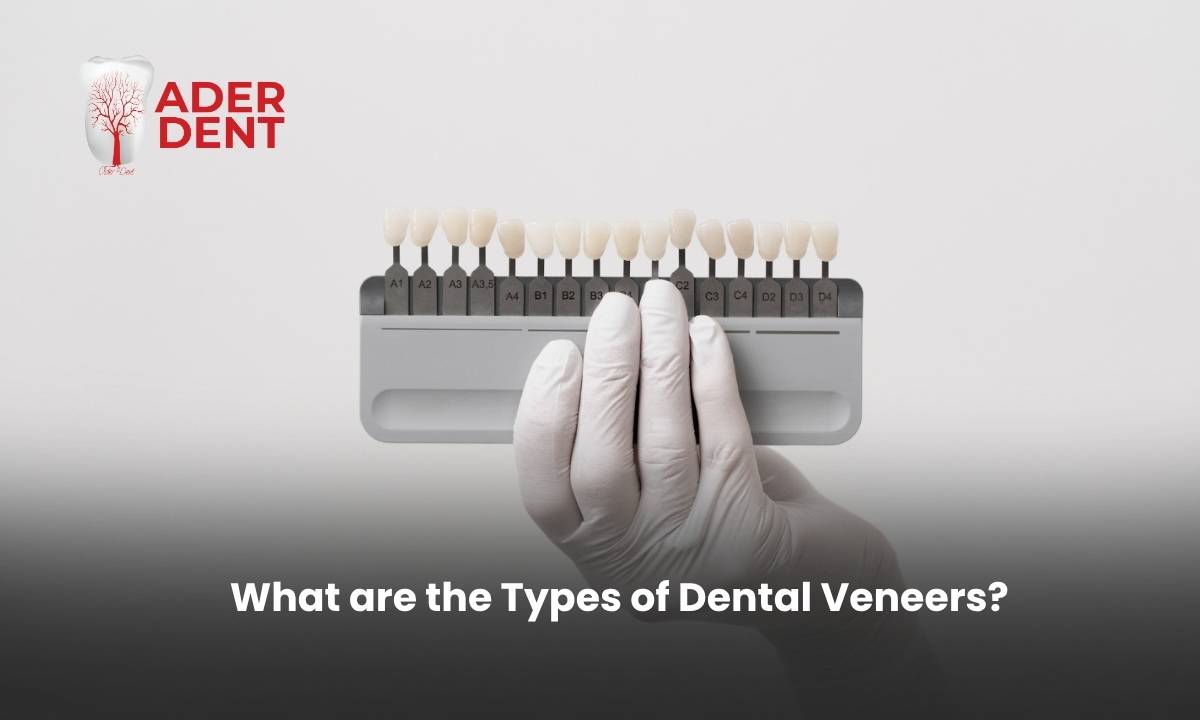
Zirconium crowns are among the most preferred dental treatments today, offering both a natural appearance and durability. Especially zirconium crowns and porcelain crown options meet aesthetic expectations while providing long-lasting results.
There are many questions about the treatment process: How is a zirconium crown applied? What are the prices? Can the crown fall off over time? You can find answers to all these questions and discover the most suitable crown alternative for you through our expert recommendations.
What Are the Types of Dental Crowns?
Dental crowns are a treatment method used to improve aesthetics and strengthen damaged teeth. Today, there are various types of crowns made from different materials. The most commonly used types include zirconium crowns, porcelain-fused-to-metal crowns, all-ceramic (full porcelain) crowns, laminate veneers, E-max crowns, and composite crowns. Each type offers different advantages and is selected based on the patient’s dental structure, aesthetic expectations, and treatment purpose.
Zirconium Crowns
Zirconium crowns are one of the most ideal options for those who want both durability and a natural look in dental aesthetics. Thanks to their white substructure, they provide light transmittance and do not create an artificial appearance. Frequently used in smile design procedures, zirconium crowns offer high compatibility with natural teeth, especially for front teeth. With proper care, they can be used trouble-free for 10–15 years.
Laminate Veneer Crowns
Porcelain laminate (laminate veneer) crowns are an aesthetic treatment method involving thin porcelain shells bonded to the front surface of the teeth. According to studies, 90% of patients who undergo laminate veneer treatment report greater satisfaction with their smile.
Thanks to their thin structure, minimal enamel removal is required, resulting in a natural appearance. With proper care, laminate veneers can last up to 10 years and are especially preferred for discoloration or minor shape irregularities.
Empress (Full Porcelain) Crowns
Empress crowns are made entirely of porcelain, allowing light to pass through and creating a natural tooth-like appearance. They contain no metal, which eliminates dark lines at the gumline and the risk of allergic reactions. Their thin structure allows for minimal enamel reduction, making them one of the most preferred methods for front tooth aesthetics.
With full porcelain crowns, more than 90% patient satisfaction can be achieved. They offer durability of 8–10 years and maintain their aesthetic look without discoloration over time, provided proper care is taken.
What Are the Advantages of Dental Crowns?
Dental crowns offer several advantages for patients, including:
- Improving the color, shape, and alignment of teeth,
- Creating a more aesthetic and symmetrical smile,
- Covering permanent stains and providing a natural look,
- Protecting and strengthening broken or weak teeth,
- Enhancing chewing function,
- Reducing tooth sensitivity,
- Long lifespan of zirconium and porcelain crowns,
- Stain-resistant and color-stable for years,
- Boosting confidence and providing a younger, more vibrant appearance.
How Are Different Types of Crowns Applied?
There are common steps in all types of dental crown procedures. These include:
The process starts with a dental examination. The tooth is numbed with local anesthesia and prepared by reducing its surface. Precise impressions are then taken and sent to a dental laboratory. A temporary crown is placed to protect the tooth during this period. Custom zirconium, porcelain, or metal-supported crowns are fabricated. In the final appointment, the crown is tested for fit and, if suitable, is permanently bonded. The entire process is usually completed in 1–2 weeks.
What Are the Best Types of Dental Crowns?
The best dental crown depends on the intended use and the structure of the mouth. For those seeking an aesthetic appearance, zirconium crowns and laminate veneers are ideal choices. Zirconium offers a natural look and high durability. Laminate veneers protect the tooth while providing a beautiful smile due to their thin structure.
If durability is a priority for back teeth, zirconium or porcelain-fused-to-metal crowns are preferred. Metal-supported crowns are more economical, while zirconium offers both aesthetics and strength.
E-max crowns, known for their high light transmittance and aesthetic appearance, can be used on both front and back teeth. They are very durable but generally more expensive than other options.
For a natural appearance, full ceramic crowns are ideal; for budget-friendly solutions, porcelain-fused-to-metal crowns are suitable. The most appropriate crown type should be determined after a dental examination by a professional.
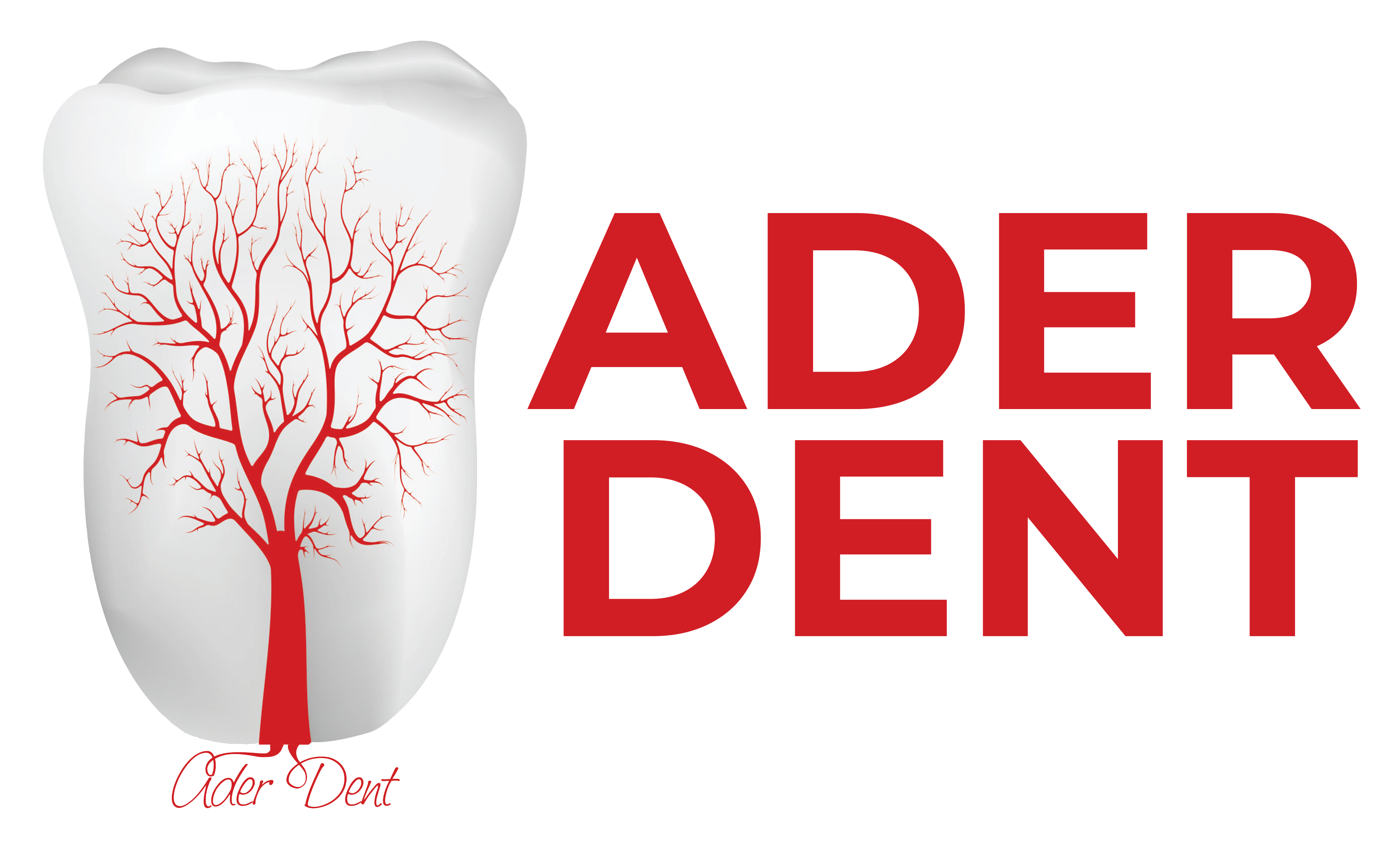

 TR
TR
